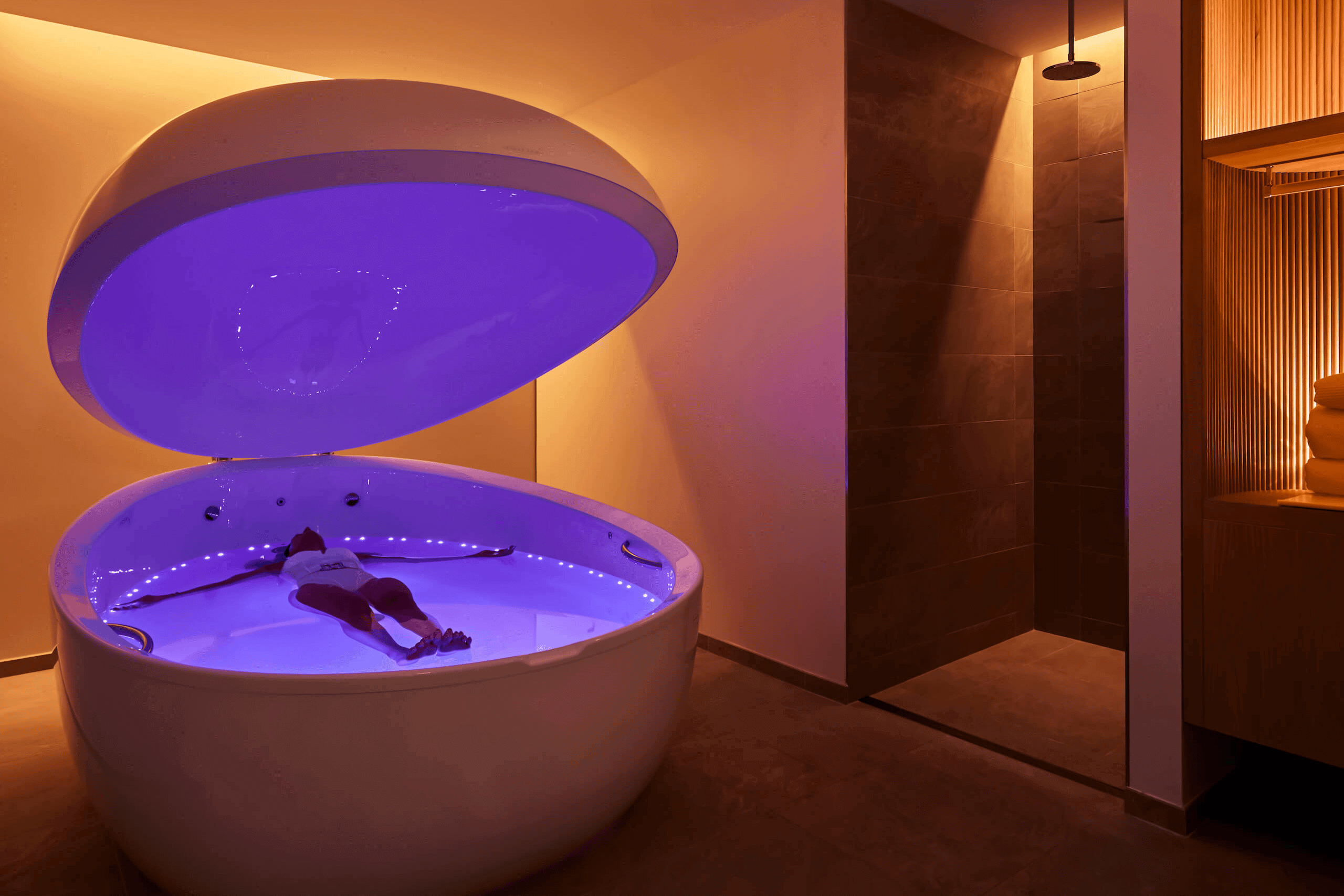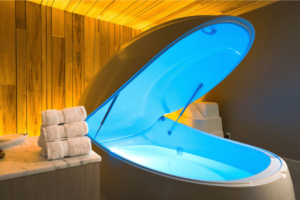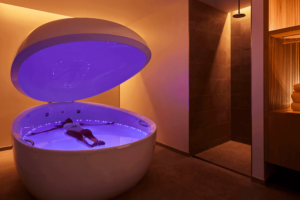Starting something new often feels exciting but also a little uncertain. That’s especially true when you think about trying your very first float session therapy. Many people have heard about the calming and refreshing effects of floating, but they don’t know what the actual process looks like. If you’re preparing for your first visit, this guide will walk you through the experience in clear steps so you’ll feel more confident and ready.
Understanding Float Session Therapy
Float session therapy is an experience where you rest in a pod or room filled with warm water and a high amount of Epsom salt. The salt makes your body naturally buoyant, so you float without effort. The water is warmed to the same temperature as your skin, which makes it feel neutral and weightless after a few minutes.
This type of therapy is also called isolation tank therapy because the pods or rooms are designed to reduce light and sound. With fewer distractions around you, your body and mind can completely let go of stress.
Getting Ready for Your First Float
Preparation is simple, but a few steps can make your first session more enjoyable. Try to skip coffee or energy drinks a few hours before. Eat something light so you are not too full or too hungry. Remove contact lenses if you wear them, and bring comfortable clothes to change into afterward.
Most float centers provide towels, earplugs, and shower products. That means you don’t need to carry much with you.
What Happens When You Arrive
When you reach the float center, staff members usually give you a short introduction. They will explain how the float tank works, how to open and close the pod, and what to do if you need help. Many centers show a quick video that demonstrates the process for first-time visitors.
This orientation is designed to help you feel comfortable and safe before you begin.
The Start of Your Float Session Therapy
Inside your private float room, you’ll shower to rinse off oils and lotions from your skin. Then you step into the pod or tank. The water feels silky from the Epsom salt, and since the temperature matches your skin, it feels natural instead of hot or cold.
Soft music or dim lighting may play at the start, but they usually fade away once your session begins. This helps you focus only on floating.
What You May Experience During the Float
When your float session therapy begins, you’ll lie back and notice how easily your body is supported by the water. Many people float with their arms at their sides or stretched above their head.
The experience is unique for everyone. Some people feel deep relaxation right away, while others take more time. A few may even drift into a dreamlike or meditative state.
As your muscles release tension and your breathing slows, the sense of calm spreads through your body.
Common Feelings and Reactions
Your first time might bring a lot of thoughts at the beginning. You may think about your to-do list, upcoming plans, or even wonder how long you’ve been floating. That’s normal and happens to many beginners.
As you get used to it, you might notice:
- The sound of your heartbeat or your breathing becoming more clear.
• A weightless sensation, like floating in space.
• A deeper sense of calm than you feel during normal rest.
These are natural effects of float therapy, and with more sessions, they usually become stronger.
What Happens After the Session
When your float time ends, gentle sounds or lights let you know it’s over. You’ll step out and shower again to wash off the salt.
After a float, many people describe feeling calm, refreshed, and mentally clear. Your muscles may feel looser, and some people even sleep better that night. The exact results vary, but most agree that the sense of relaxation lasts for hours or even days.
Why Isolation Tank Therapy Matters
Isolation tank therapy is not only about floating; it is about giving your mind and body a pause from constant stimulation. In today’s busy world, people deal with emails, meetings, and notifications all day. Floating offers a chance to reset.
That’s why many business owners, athletes, and professionals across the United States are turning to floating as part of their wellness routine.
Why People Keep Coming Back
Trying floating once can feel great, but many people schedule regular sessions because the benefits grow over time. When done consistently, float session therapy can:
- Support recovery after workouts
• Ease stress from work and daily life
• Improve focus and concentration
• Encourage creativity and new ideas
Just like exercise or meditation, the effects become stronger when you practice regularly.
Key Takeaways for Your First Session
Your first float is just the start of the journey. You’ll learn how the tank feels, how your mind reacts, and how your body responds. Even if you don’t reach complete stillness right away, each session teaches your body and mind to relax more deeply.
Over time, floating becomes easier, and the benefits become more noticeable.
Conclusion
Your first float session therapy will likely leave you calmer, more relaxed, and free from tension. Even if it feels unfamiliar at first, the peaceful environment allows your body and mind to rest in a way that few other activities can match.
At Secret Soak Society, we specialize in helping people explore the world of floating. Whether you want stress relief, muscle recovery, or just a quiet break from the constant rush of life, our team is ready to guide you. With the right support, you’ll experience the lasting effects of float therapy and discover how beneficial it can be for your health and daily life.
FAQs About Float Session Therapy
Q1: How long does a float session usually last?
Most sessions last between 60 and 90 minutes, which is enough time for your body to relax.
Q2: Can I sleep in the float tank?
Yes, many people fall asleep during their sessions. The saltwater safely keeps you afloat.
Q3: Do I need to bring special clothing?
No, floating is usually done without clothing for comfort, but swimsuits can be worn if you prefer.
Q4: Is floating safe for everyone?
Most people can float safely. If you have certain health issues, ask your doctor before trying it.
Q5: How often should I float?
Some people float weekly, while others go monthly. It depends on your lifestyle and goals.
Q6: What are the main effects of float therapy?
People often notice reduced stress, less muscle tightness, and better mental focus.
Q7: Do I need to know how to swim?
No swimming skills are required. The saltwater naturally supports your body.





